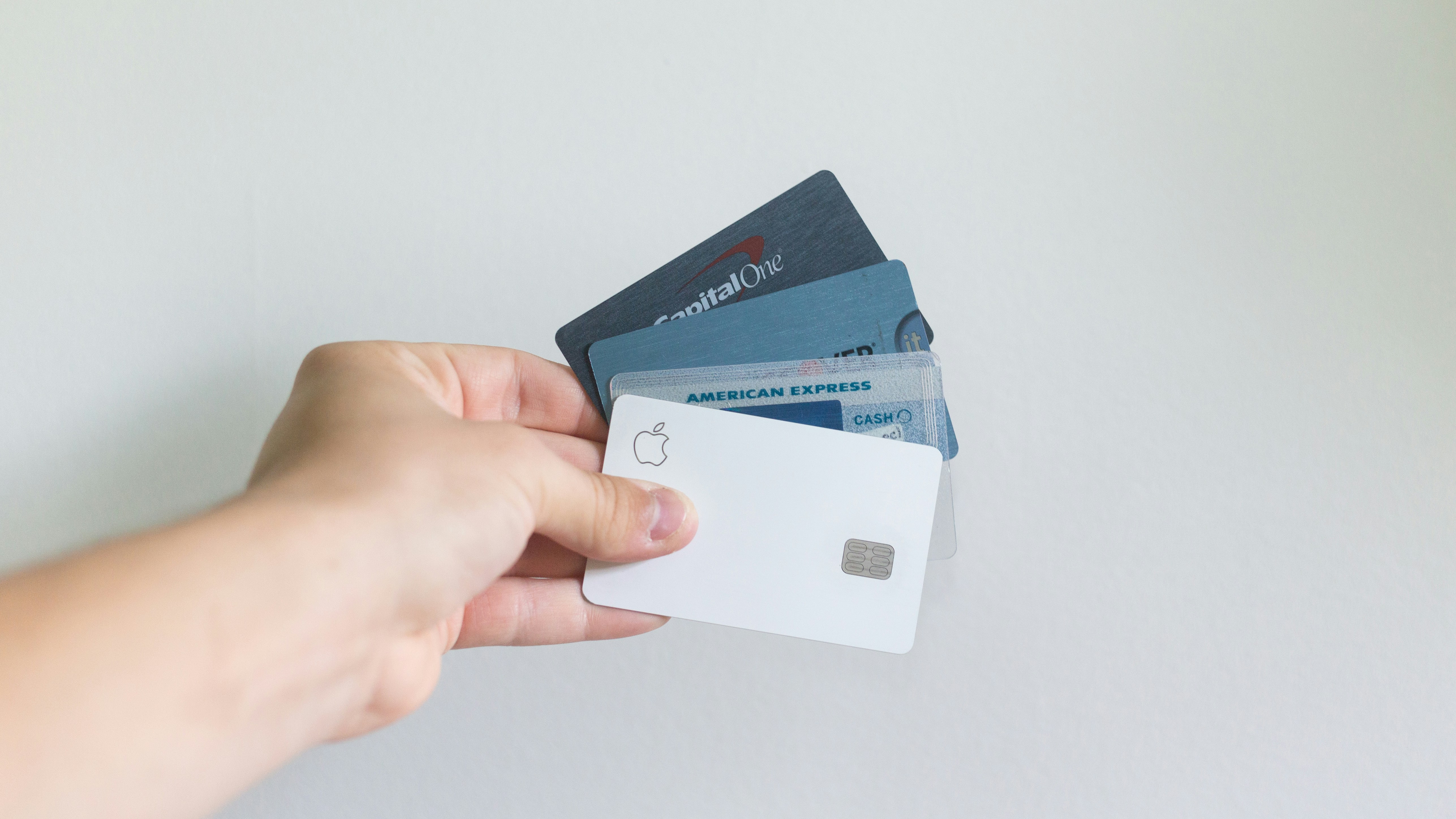If you find extra money in your budget at the end of the year, chances are you’ll be tempted to spend it. While it’s always fun to spend your money on wishlist items, splurging usually isn’t the best way to spend your money. Instead, it’s important to focus on spending your money on things you need that can ultimately benefit you and your family.
Don’t worry—you don’t have to stash all of your extra funding away in your savings account. It’s always good to save up for a rainy day, but there are countless ways to invest your money, too. Although these purchases might not be fun or help you check things off your wishlist, they can help you invest in your future. Here are some smart financial decisions to help you live a happier life and give you the peace of mind that comes with knowing you’re using your resources responsibly.
Reconcile your credit card activity.

Credit card reconciliations verify the integrity of data between credit card statements—and other associated reports from merchant services providers—and a company’s internal financial records.
As a fit-for-purpose solution for credit card reconciliation, ReconArt can represent a wide range of business processes, including sales transactions, vendor payments, and employee expenses. By regularly matching transactions on your organization’s credit card statements to corresponding transactions on internal ledgers, credit card reconciliation software can help you automate all the steps in the credit card reconciliation process. Then, you can compare transaction details between both sources to identify potential discrepancies.
Investing in credit card reconciliation software can not only help business owners recognize fake charges and incorrect posting amounts, but it can also help you keep an organized record of your business liabilities, track purchases with missing receipts, and track online purchases. Ultimately, reconciling monthly credit card statements and reviewing your accounts at regular intervals can help you make sound financial decisions, optimize your profits, and reduce overhead expenses.
Invest in real estate.
In recent years, more and more people have profited from flipping and selling homes. Above all else, fixing and flipping properties is one of the best ways to leverage a real estate investment. Instead of buying a house to live in, investors buy properties, hold onto them for a short time, add value to the property through home renovations, and then sell the home for a profit.
Flipping investment properties is all about making careful investment decisions. To start, take your time searching for a property that is undervalued for the area. Next, it’s important to choose the right home renovations. Most investors focus on renovations that will quickly catch the buyer’s attention, make a strong first impression, and increase the home’s market value. Finally, after renovating the home, it’s imperative to invest in marketing strategies that will generate a profit.
While many established home flippers pay cash for investment properties, upfront cash payments aren’t always a realistic option for those who are just starting out. Fortunately, it’s possible to get a hard money loan for an investment property. To find a reliable hard money lender near you, try asking around or conducting a location-specific Google search, like “hard money lender Oregon.”
As an investor, it’s important to keep in mind that you’ll be held to stricter standards than prospective homeowners. If you’re just starting out, hard money lenders like NWPrivateLending offer Fix and Flip loans that cover up to 80% of the purchase price with no minimum FICO, tax return, appraisal, or inspection requirements.
Invest in a retirement plan.
Investing in a retirement plan is one of the smartest ways to spend your money. If you don’t want to work for the rest of your life, it’s imperative to invest in your future. Contributing to your retirement plan not only means you won’t have to rely on Social Security, but you’ll also be able to compound interest over the years to enjoy a more comfortable and happier retirement.
If your employer offers a 401(k), take advantage of their offer by matching as much as your employer contributes. In 2019, the average company match was 4.7%, according to a quarterly report by Fidelity Investments. Additionally, if your budget allows, consider opening an IRA.
Meanwhile, if you’re self-employed, run your own business, or if your employer doesn’t offer a retirement plan, you can still contribute to your retirement account. To get started, open a traditional IRA or a Roth IRA at a financial services company or a bank.
Both types of tax-deferred retirement plans have annual limits on contributions. For IRAs, the annual contribution for the 2020 and 2021 tax years is $6,000, while for 401(k) plans, the annual limit is $19,500. If you’re over the age of 50, you can contribute an additional $1,000 to IRAs as a “catch-up” contribution, while 401(k) plans offer catch-up contributions up to $6,500.
Protect your valuables.
If you keep valuable items in your home, it’s especially important to safeguard them from theft and damage. Standard home and renters insurance policies typically offer limited coverage for personal belongings, leaving policyholders without adequate protection in the event of lost or broken belongings. Fortunately, most insurance companies offer personal property insurance plans to raise coverage limits and protect valuables.
When it comes to protecting your assets, there are two types of coverage: replacement cost and actual cash value. Replacement cost insurance policies typically pay the dollar amount that it requires to replace your item at the time of the claim. Meanwhile, an actual cash value policy takes depreciation into account, providing reimbursement based on the item’s current value. When shopping around for personal property coverage, it’s important to remember that each policy typically has specific limits on what it will pay to replace an item.
Whether you’re interested in protecting your jewelry, fine art, or electronics, it’s important to get the right type of insurance and an adequate amount of additional coverage to protect them. If you have pearls or other fine jewelry around the house, getting a jewelry appraisal as a first step towards acquiring jewelry insurance is a good idea. In addition to investing in personal property insurance, consider getting your items appraised, making an inventory of your most valuable belongings, and purchasing an endorsement to fully protect your most prized possessions.
Pay off your debt.

If you want to have extra money to spend in the future, start paying off your debt. If you owe $2,000 on a credit card and you’re sending the bank $200 every month, why not use your extra money to pay off your credit card debt? This way, you’ll have an extra $200 to spend every month. While it might be tempting to spend that money on a new pair of shoes, clearing up $200 a month can make a significant difference in your overall budget.
If you’re feeling overwhelmed by the amount of debt you owe, try practicing the debt snowball method. The snowball method is a strategy where you pay off your debts from smallest to largest, with each paid balance motivating you to keep going. When the balance on your smallest debt is paid in full, you can roll your money over to the next smallest balance until your debt is fully paid off.
Ultimately, the more you can optimize your budget, the more money you’ll have to save for potential emergencies, education, vacations, or whatever wishlist items your heart desires. Although spending your extra money might feel tempting, making smart financial decisions now can pay off later.

